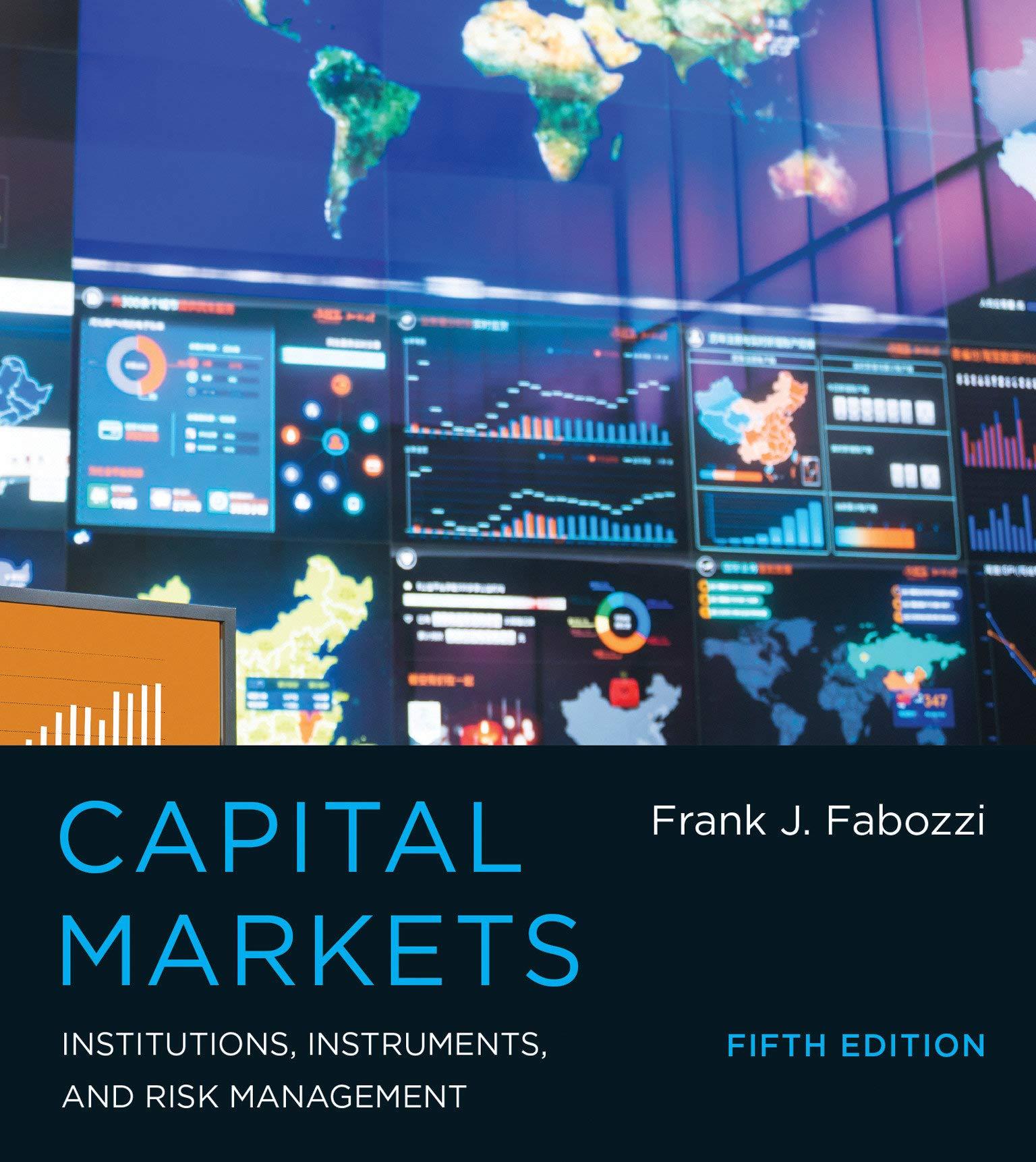Answered step by step
Verified Expert Solution
Question
1 Approved Answer
Solution 7/16/2015 Chapter: 9 Problem: 18 INPUTS USED IN THE MODEL P 0 $50.00 Net P pf $30.00 D pf $3.30 D 0 $2.10 g
| Solution | 7/16/2015 | |||||||
| Chapter: | 9 | |||||||
| Problem: | 18 | |||||||
| INPUTS USED IN THE MODEL | ||||||||
| P0 | $50.00 | |||||||
| Net Ppf | $30.00 | |||||||
| Dpf | $3.30 | |||||||
| D0 | $2.10 | |||||||
| g | 7% | |||||||
| B-T rd | 10% | |||||||
| Skye's beta | 0.83 | |||||||
| Market risk premium, RPM | 6.0% | |||||||
| Risk free rate, rRF | 6.5% | |||||||
| Target capital structure from debt | 45% | |||||||
| Target capital structure from preferred stock | 5% | |||||||
| Target capital structure from common stock | 50% | |||||||
| Tax rate | 35% | |||||||
| Flotation cost for common | 10% | |||||||
| a. Calculate the cost of each capital component, that is, the after-tax cost of debt, the cost of preferred stock (including flotation costs), and the cost of equity (ignoring flotation costs). Use both the the CAPM method and the dividend growth approach to find the cost of equity. | ||||||||
| Cost of debt: | ||||||||
| B-T rd | (1 T) = | A-T rd | ||||||
| Cost of preferred stock (including flotation costs): | ||||||||
| Dpf / | Net Ppf = | rpf | ||||||
| Cost of common equity, dividend growth approach (ignoring flotation costs): | ||||||||
| D1 / | P0 + | g = | rs | |||||
| Cost of common equity, CAPM: | ||||||||
| rRF + | b RPM | = | rs | |||||
| IMPORTANT NOTE: HERE THE CAPM AND THE DIVIDEND GROWTH METHODS PRODUCE APPROXIMATELY THE SAME COST OF EQUITY. THAT OCCURRED BECAUSE WE USED A BETA IN THE PROBLEM THAT FORCED THE SAME RESULT. ORDINARILY, THE TWO METHODS WILL PRODUCE SOMEWHAT DIFFERENT RESULTS. | ||||||||
| b. Calculate the cost of new stock using the dividend growth approach. | ||||||||
| D0 (1 + g) / | P0 (1 F) + | g = | re | |||||
| $2.25 | $45.00 | 7% | 11.99% | |||||
| c. What is the cost of new common stock based on the CAPM? (Hint: Find the difference between re and rs as determined by the dividend growth approach and add that differential to the CAPM value for rs.) | ||||||||
| rs | + | Differential | = | re | ||||
| Again, we would not normally find that the CAPM and dividend growth methods yield identical results. | ||||||||
| d. Assuming that Gao will not issue new equity and will continue to use the same capital structure, what is the company's WACC? | ||||||||
| wd | 45.0% | |||||||
| wpf | 5.0% | |||||||
| ws | 50.0% | |||||||
| 100.0% | ||||||||
| wd A-T rd + | wpf rpf + | ws rs | = | WACC | ||||
| e. Suppose Gao is evaluating three projects with the following characteristics: | ||||||||
| (1) Each project has a cost of $1 million. They will all be financed using the target mix of long-term debt, preferred | ||||||||
| stock, and common equity. The cost of the common equity for each project should be based on the beta estimated for | ||||||||
| the project. All equity will come from reinvested earnings. | ||||||||
| (2) Equity invested in Project A would have a beta of 0.5. The project has an expected return of 9.0%. | ||||||||
| (3) Equity invested in Project B would have a beta of 1.0. The project has an expected return of 10.0%. | ||||||||
| (4) Equity invested in Project C would have a beta of 2.0. The project has an expected return of 11.0%. | ||||||||
| Analyze the companys situation and explain why each project should be accepted or rejected. | ||||||||
| Beta | rs | rps | rd(1 T) | WACC | Expected return on project | |||
| Project A | 0.5 | |||||||
| Project B | 1.0 | |||||||
| Project C | 2.0 | |||||||
| The expected returns on Projects A and B both exceed their risk-adjusted WACCs, so they should be accepted. However, Project C's WACC exceeds its expected rate of return, so it should be rejected. | ||||||||
Step by Step Solution
There are 3 Steps involved in it
Step: 1

Get Instant Access to Expert-Tailored Solutions
See step-by-step solutions with expert insights and AI powered tools for academic success
Step: 2

Step: 3

Ace Your Homework with AI
Get the answers you need in no time with our AI-driven, step-by-step assistance
Get Started


